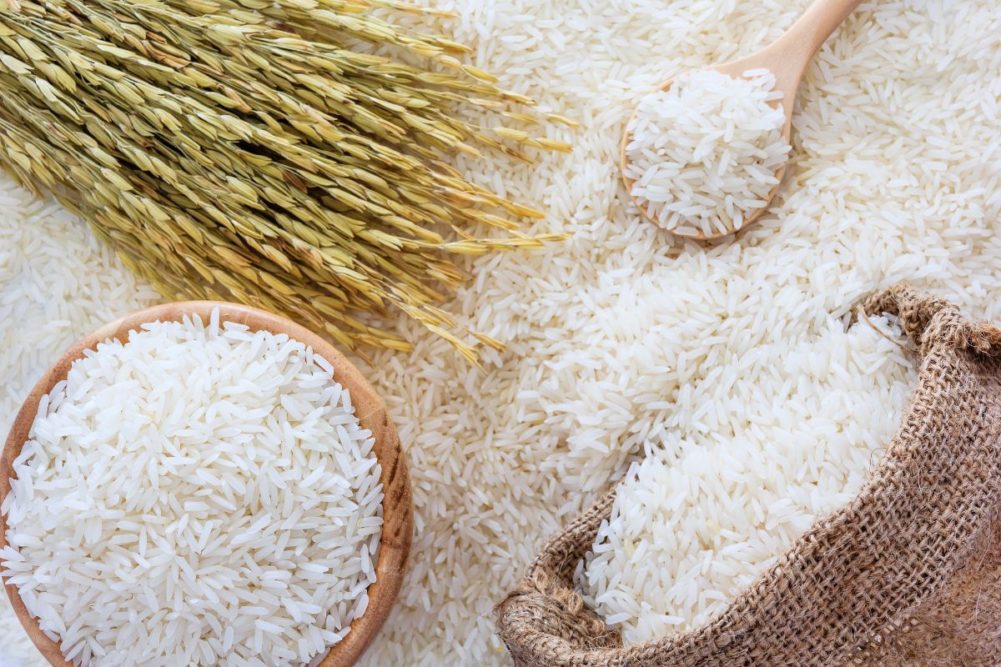SEOUL, SOUTH KOREA — South Korea’s 2023 rice production dropped 1.6% from the previous year as the government introduced incentives to reduce traditional rice planted area, according to a report from the Foreign Agricultural Service (FAS) of the US Department of Agriculture.
Total final production was estimated at 3.702 million tonnes of milled rice. Rice production acreage was down 2.6% compared to the previous year.
The Korean government sought to reduce acreage to relieve the oversupply of rice, the FAS said. It prioritized converting high-yield rice varieties into higher quality varieties with superior taste. It also encouraged increased production of rice for flour through new subsidies and support for new product development.
“The recent finding that rice for flour might reduce methane gas emissions compared to conventional rice varieties could also influence future increases in rice for flour planted acreage,” the FAS said.
The shorter cultivation period of the “Baro-mi 2” variety used to make rice flour can reduce periods of water storage, thereby reducing methane gas emissions by 36%. In contrast to normal rice varieties, which are transplanted starting from the end of May and have an average cultivation period of 136 days, “Baro-mi 2” is transplanted starting from the end of June and has an average cultivation period of 117 days.





